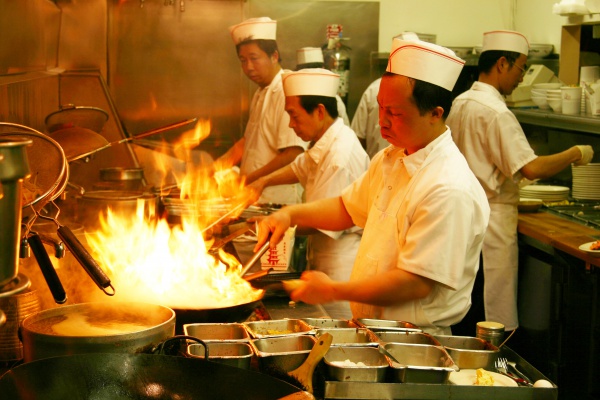Facts About Chinese cooking techniques
Chinese cooking is deeply rooted in tradition and technique, offering a vast array of methods to create flavorful and delectable dishes. These techniques are generally categorized into two main types: single cooking methods and combination methods.
Under the single cooking method category, wet-heat techniques are particularly popular. Known as "zhǔ" (煮) in Chinese, these include quick immersion cooking, prolonged immersion cooking, and steaming. Conversely, dry-heat techniques, which are equally prevalent, encompass air-based and oil-based methods, with stir-frying being especially favored. Additionally, there are food preparation techniques that do not require any heat at all.
Combination techniques in Chinese cooking involve several stages, each with its specific name. For example:
- "Dòng" (凍) refers to the preparation of aspic or gelatin desserts.
- "Hùi" (燴) involves quick pre-cooking and stir-frying, followed by thickening the dish with starch.
- "Liū" (溜) entails deep frying meat or fish, followed by a light braise.
- "Mēn" (燜) signifies stir-frying first and then simmering the food in broth until fully cooked.
These diverse techniques highlight the rich culinary heritage of Chinese cuisine, showcasing various methods to bring out the best flavors and textures in each dish.

 Ecuador
Ecuador